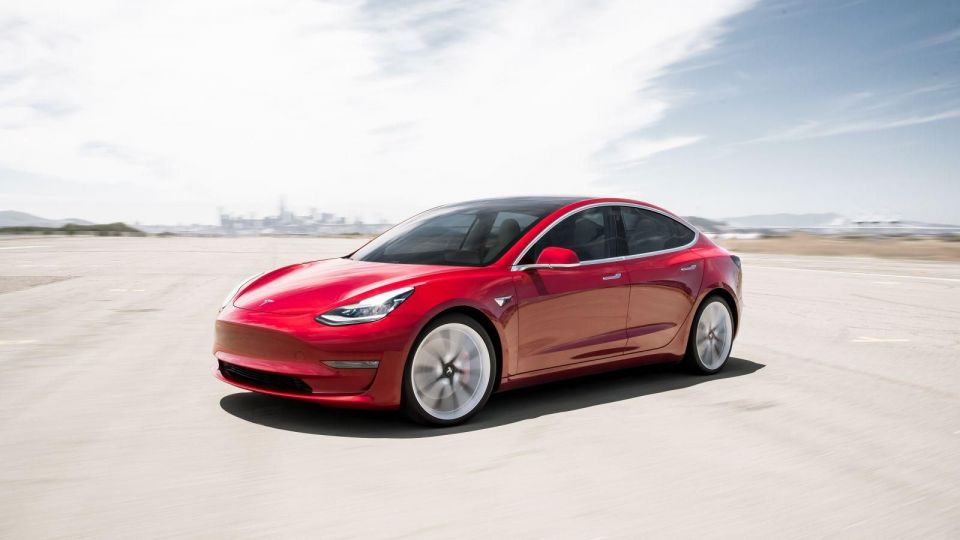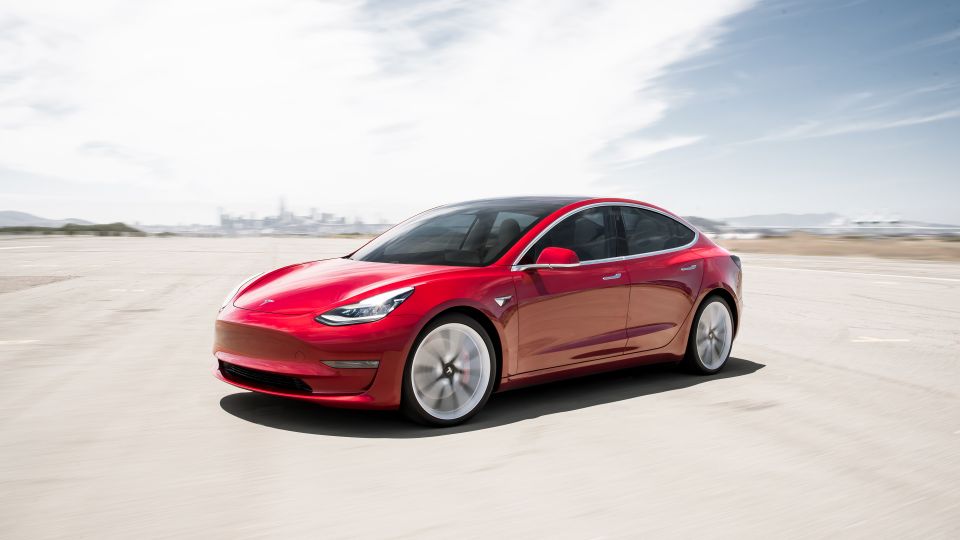

Ben Zachariah
Video: Off-road battle for Beer O’Clock Hill has automakers scrambling
11 Hours Ago

Contributor
Tesla is tackling the drivers trying to game its Autopilot driver assistance system with an in-cabin camera.
A recent software update means the Tesla Model 3 and Model Y, and the latest Model S and Model X, will use their cabin cameras to monitor drivers when the semi-autonomous cruise control and lane-keeping system, branded Autopilot, is active.
“The cabin camera above your rearview mirror can now detect and alert driver inattentiveness while Autopilot is engaged,” the latest software update in Tesla vehicles says, as reported by Electrek.
“Camera data does not leave the car itself, which means the system cannot save or transmit information unless data sharing is enabled.”

If the camera detects the driver isn’t paying attention, the car will prompt them to take control. If they don’t, the system will deactivate as a safety precaution.
Previously, Tesla used steering wheel sensors to detect whether drivers were paying attention.
The company has resisted using its driver-facing camera in conjunction with Autopilot, despite calls in 2017 from the US National Transport Safety Board to more closely monitor drivers when the system is active.
Rivals such as Ford and General Motors use cameras to monitor drivers when their advanced assistance systems are active.
The changes at Tesla come after a spate of social media videos showing Tesla owners sitting or sleeping in the back seat of their moving cars with Autopilot active.
Although the brand denied its cars can be operated from the back seat, Consumer Reportssubsequently showed it’s possible by operating a Tesla Model Y from the second row on a closed course.

“Over several trips across our half-mile closed test track, our Model Y automatically steered along painted lane lines, but the system did not send out a warning or indicate in any way that the driver’s seat was empty,” Consumer Reports said.
Autopilot has been shaded by controversy since its launch. A number of high-profile – and in some cases, fatal – accidents in vehicles with the system active have raised questions about how Tesla and its founder, Elon Musk, discuss its capabilities.
A German court last year ruled the Autopilot name is misleading, and Tesla in 2018 settled a class action lawsuit in the USA arguing claims the system made highway driving “safer” were inaccurate.
Although Tesla offers a “full self-driving” option on new cars, Autopilot is a Level 2 semi-autonomous driving assistant similar to those offered by most carmakers.

It combines active lane-keeping assist with adaptive cruise control to maintain a gap to the vehicle in front, stay between the white lines, and change lanes on the highway if the driver requests.
Drivers using the system need to keep their eyes on the road and hands on the steering wheel at all times, as is the case with the highway assistants in everything from Kia to Mercedes-Benz vehicles.
A part of the Autopilot suite, Summon allows owners to have their Tesla drive a short distance from a parking spot without anyone behind the wheel.
Where expert car reviews meet expert car buying – CarExpert gives you trusted advice, personalised service and real savings on your next new car.
Scott Collie is an automotive journalist based in Melbourne, Australia. Scott studied journalism at RMIT University and, after a lifelong obsession with everything automotive, started covering the car industry shortly afterwards. He has a passion for travel, and is an avid Melbourne Demons supporter.


Ben Zachariah
11 Hours Ago


CarExpert.com.au
19 Hours Ago


Damion Smy
1 Day Ago


Damion Smy
2 Days Ago


Damion Smy
2 Days Ago


Damion Smy
2 Days Ago